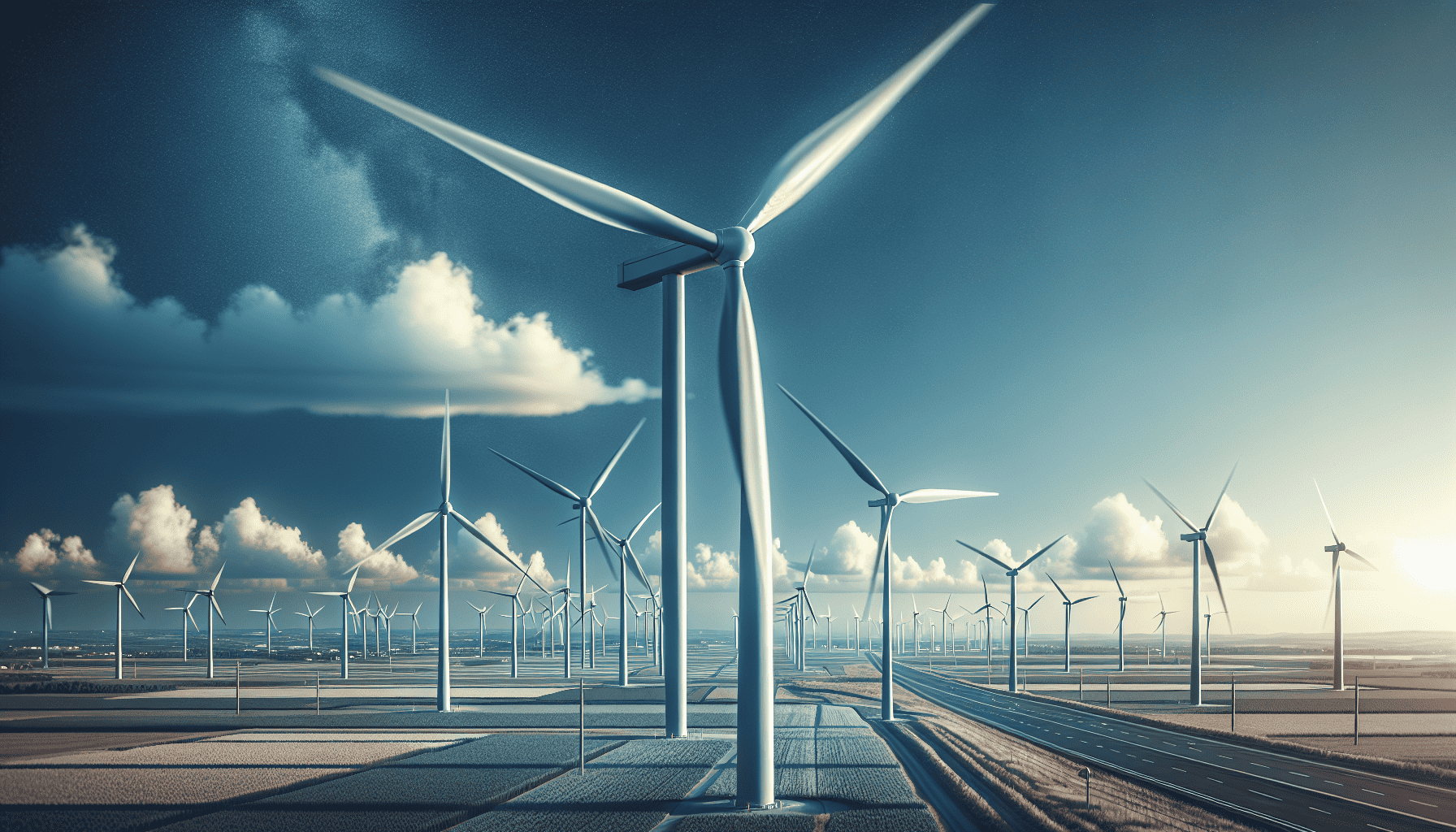The past decade has witnessed remarkable progress in the field of renewable energy, particularly solar and wind power. These advancements are not only making clean energy more accessible but also more efficient and affordable. As the world shifts towards sustainable energy solutions, understanding the latest innovations in solar and wind technology is crucial.
In the solar energy sector, two significant trends are transforming the landscape: perovskite solar cells and bifacial solar panels. Perovskite solar cells have garnered attention due to their high efficiency and low production costs. They are composed of a unique crystalline structure that allows them to absorb sunlight more effectively than traditional silicon-based cells. Researchers are continuously working on enhancing their stability and lifespan, aiming to commercialize this technology in the near future.
Bifacial solar panels represent another leap forward. Unlike conventional solar panels, bifacial panels can capture sunlight on both sides, increasing energy output. This design is ideal for environments with reflective surfaces, such as snow or sandy terrains. As the cost of bifacial panels decreases, they are becoming an attractive option for large-scale solar farms worldwide.
In the realm of wind energy, turbine technology is evolving rapidly. One of the most notable advancements is the development of larger and more efficient offshore wind turbines. These turbines can produce significantly more energy than their onshore counterparts due to stronger and more consistent winds at sea. Manufacturers are now exploring floating wind farms, which can be installed in deeper waters far from the coast, minimizing impacts on marine ecosystems and shipping routes.
Another innovation is the integration of artificial intelligence (AI) and machine learning in wind farm operations. These technologies are enhancing predictive maintenance and optimizing energy output by analyzing vast amounts of data. AI-driven insights can predict equipment failures before they occur, reduce downtime, and ensure a consistent energy supply.
Moreover, the hybridization of solar and wind power systems is gaining traction. By combining these two sources of renewable energy, operators can ensure a more stable and reliable energy supply. When solar production dips, typically because of weather changes, wind energy can compensate and vice versa, smoothing out fluctuations and maximizing resource utilization.
These advancements in solar and wind technologies are crucial for meeting global carbon reduction targets. As these technologies continue to evolve, they will play an essential role in the transition to a zero-carbon future. Governments, businesses, and individuals must continue to invest in research and development to unlock the full potential of renewable energy sources.
The continued innovation in renewable energy is driven by a collective recognition of the urgent need to combat climate change. By embracing these cutting-edge technologies, the world can move towards a cleaner, more sustainable energy system that benefits both the environment and the economy.
